It bugs the hell out of me why this has not been solved.
The EIGHT Victims of the London Torso Mysteries

From 1873 to 1889, the dismembered bodies of EIGHT females were found across Victorian London and became known as the London Torso Mysteries. During the same time period when Jack the Ripper was active.
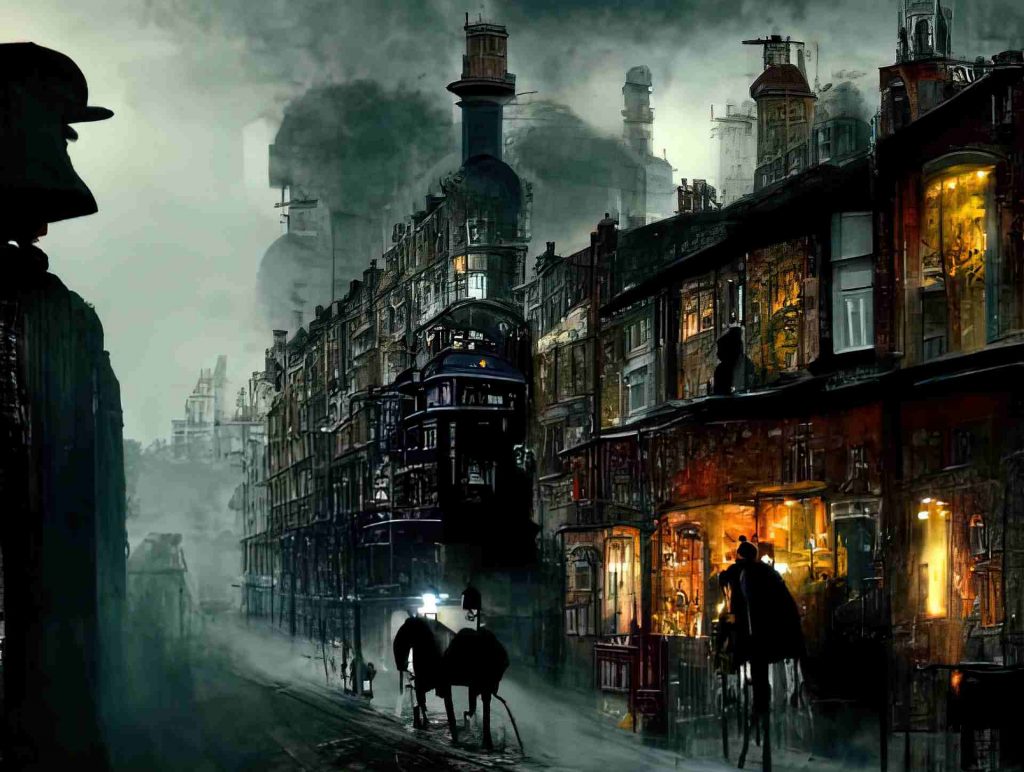
Only one has ever been identified, and their killer or killers have never been found. Though many researchers associate only four bodies with the so-called Thames Torso Murders, there were in fact an additional four.
Unlike Jack the Ripper, there is no long speculative list of suspects, and only one of the eight victims of the torso killer was ever identified.
The Battersea Mystery 1873
On 5th September 1873, the left torso of an unidentified female was found by police near Battersea pier. Over the course of the following two days, the rest of the woman’s body parts were discovered.
The right side of the torso was found, along with a right breast, a forearm, a pelvis, and a head that had been skinned and scalped.
On the second day, the woman’s face and scalp were floating in the water at the Limehouse Basin but were missing the nose and chin.
By the end of the day, police surgeon Thomas Bond had reconstructed a near-complete corpse of a female.
They displayed the corpse to the public in the hopes someone might recognise her and her corpse, hurriedly stitched back together was viewed by hundreds of people, but the mystery was just beginning.
The Putney Mystery 1874
In June 1874, the dismembered body of another female was found on the banks of the River Thames at Putney.
Her head, hands, and feet were missing. No cause of death was ascertained but her death was listed as an unsolved murder.
The female was never identified, and a jury returned a verdict of wilful murder against some person or persons unknown, meaning the case remained unsolved.

The Tottenham Mystery 1884
In October 1884, a woman’s skull and thighbone were found in Tottenham Court Road, while at the same time, the same woman’s arm was found in Bedford Square.
The arm had a tattoo on it which could have helped identify the victim but there was no record of the tattoo anywhere.
Five days later, a constable was on duty in Fitzroy Square near the West End, when he found a large paper parcel on the side of the small park.
He opened it to find a section of a female torso. The parcel had been discarded by the killer when the police shift change happened, which meant the killer knew the police routines.
An inquest held in November concluded the body parts had come from the same female.
The Mornington Crescent Mystery 1884
In December 1884, another parcel was found in the resident’s garden at Mornington Crescent, close to Camden.
It contained the bones of two arms and two feet belonging to another female, but they didn’t match the Tottenham victim.
The Mornington Crescent bones were stored at St. Pancras Mortuary for a short period and later buried at an unnamed cemetery.
The packaging used to wrap both women’s remains were the same, meaning the same killer or killers had dissected and disposed of the bodies.
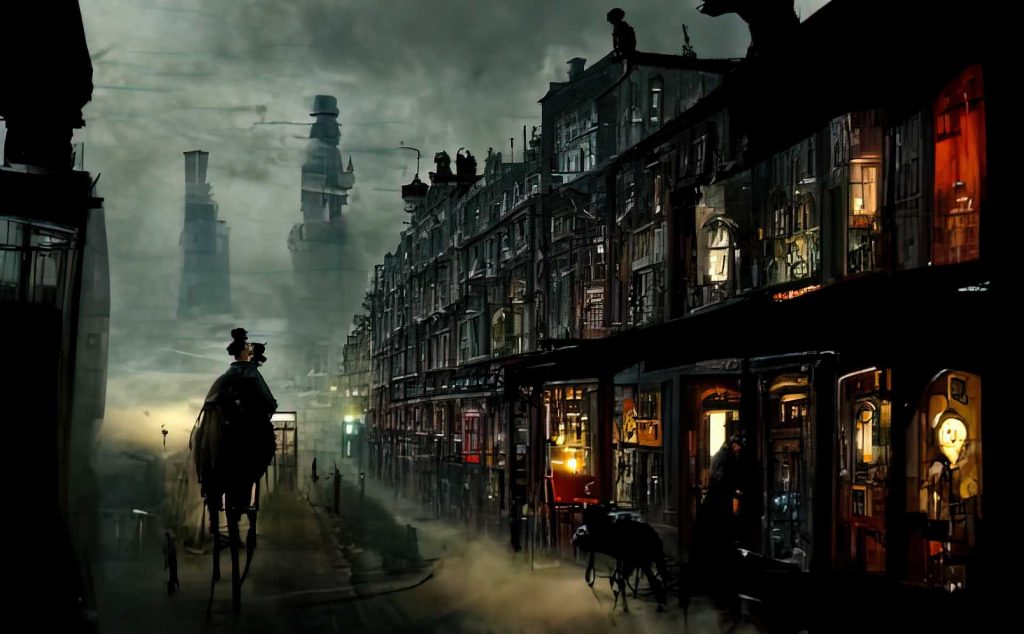
The Rainham Mystery 1887
The following four discoveries are referred to as the Thames Torso Murders and are officially included in that list. The previous four have since been linked to these by modern true crime historians, under the moniker of the London torso mysteries.
In May 1887, body parts began washing up on the River Thames. In the river near Rainham, construction workers found a package that contained the torso of a female.
From then until June, various body parts of the same female were discovered around the same area. No head or the upper part of the chest were found.
Like the previous women, the investigation concluded the body had not been dissected for medical purposes. All the parts found in Rainham belonged to the same female.
The Whitehall Mystery 1888
On 11th September 1888, a right arm and shoulder were found on the bank of the Thames in Pimlico, in a case known as the Whitehall Mystery.
A few weeks later on 2nd October, a construction worker found a parcel containing further human remains.
Curiously, the worker was part of the construction team working on the Metropolitan Police’s new headquarters, which would soon be known to the world as New Scotland Yard.
The parcel was found in a newly built vault, and the killer had placed the parcel in there just a few days before its discovery.
Police surgeon Thomas Bond, who had worked on the 1873 body, confirmed that the body parts belonged to the same female.
On 17th October, a reporter found a left leg close to the construction site, which also belonged to the same female.
The Battersea Body of 1889
There was no respite in the discoveries, as on 4th June 1889, the torso of another female was discovered in the Thames, near to Battersea.
And in a chilling similarity to the Battersea mystery of 1873, additional body parts were found in the Limehouse Basin and around the same area.
The female had only been dead for approximately 48 hours before her body parts were found.
Unlike the other discoveries, and due to the minimal time between death and discovery, the victim’s identity was discovered to be 24-year-old homeless sex worker Elizabeth Jackson.
Elizabeth’s arm was thrown over the wall and discovered on the grounds of the Mary Shelley estate, the same Mary Shelley who wrote Frankenstein in 1818, and died in 1951.
It was perhaps no coincidence that the killer was taunting police by leaving a body part on the estate of the author who wrote a book about piecing body parts back together.
Once again, an enquiry into Elizabeth’s death concluded that she had been murdered, like the others.

The Pinchin Street Mystery 1889
On 10th September 1889, a police constable found the headless and legless torso of another unidentified woman under a railway arch at Pinchin Street in Whitechapel.
As Jack the Ripper’s murders had taken place in and around Whitechapel a year earlier, the discovery was instantly linked to the ripper in the press.
An investigation carried out on the body showed that the victim had been beaten to death and her abdomen had been mutilated.
The mutilation led to speculation it was the ripper’s final victim, but the dismemberment and lack of genital mutilation meant it did not fit the same modus operandi.
A large search of the surrounding areas was carried out but no other body parts belonging to the woman were found. She too, remains unidentified.
The London Torso Mysteries
The most unusual aspect of the London torso mysteries is the very public locations the body parts were found.
It was as if the killer was taunting police by leaving parcels of body parts on their known routes, at the site of the new police headquarters, and even throwing an arm over the private wall of the Mary Shelley estate.
As bad as Jack the Ripper was, there seems to have been another horrific serial killer, hiding in the shadows of Victorian London, who was perhaps even worse.
Was Jack the Ripper responsible?
Were there two or more unidentified serial killers operating in Victorian London around the same time?
Was an illegal market for human organs responsible?
Was the killer a local butcher?
Have your say in the comments.
- What Happens to Cold Cases? The Intricacies and Unsolved Mysteries Explained

- 13 Facts You Need to Know About Levi Bellfield: The Bus Stop Stalker

- How Has Pathology Evolved Over Time? (History of True Crime)

- Trio Convicted of June 2022 Westminster Murder of Adnan Saleh

- How Did Forensic Science Evolve Through History? (History of True Crime)

I feel like there should be more killers who use the internet especially in today's world.
Thanks for this. Anymore podcast lists coming anytime soon??
Not just females.
[…] Not So Heavenly Creatures: The case of two teenage girls who fell in love, created their own religion, entered…
There's a lot more the Italian authorities are not releasing over this case. Makes you wonder the extent of the…
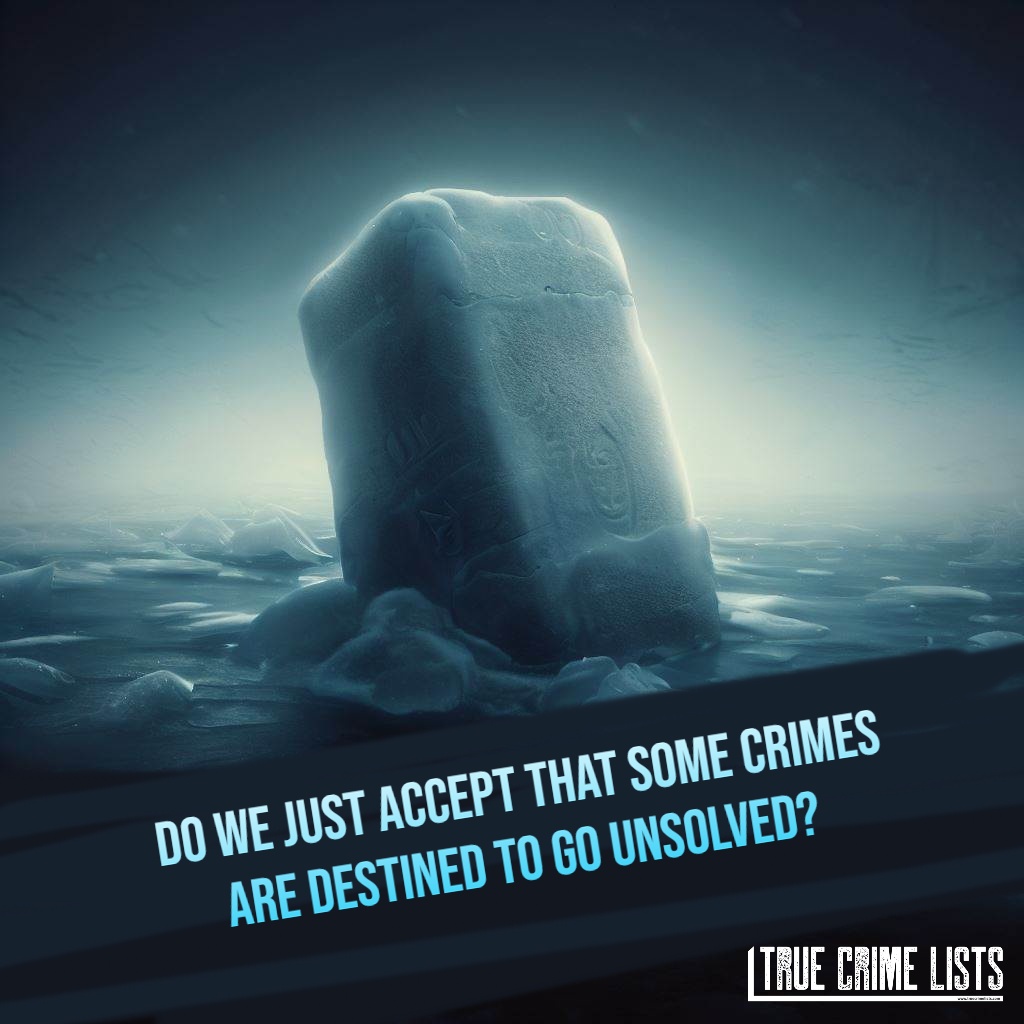
 T
T
What Happens to Cold Cases? The Intricacies and Unsolved Mysteries Explained

 T
T
13 Facts You Need to Know About Levi Bellfield: The Bus Stop Stalker

 T
T
Trio Convicted of June 2022 Westminster Murder of Adnan Saleh
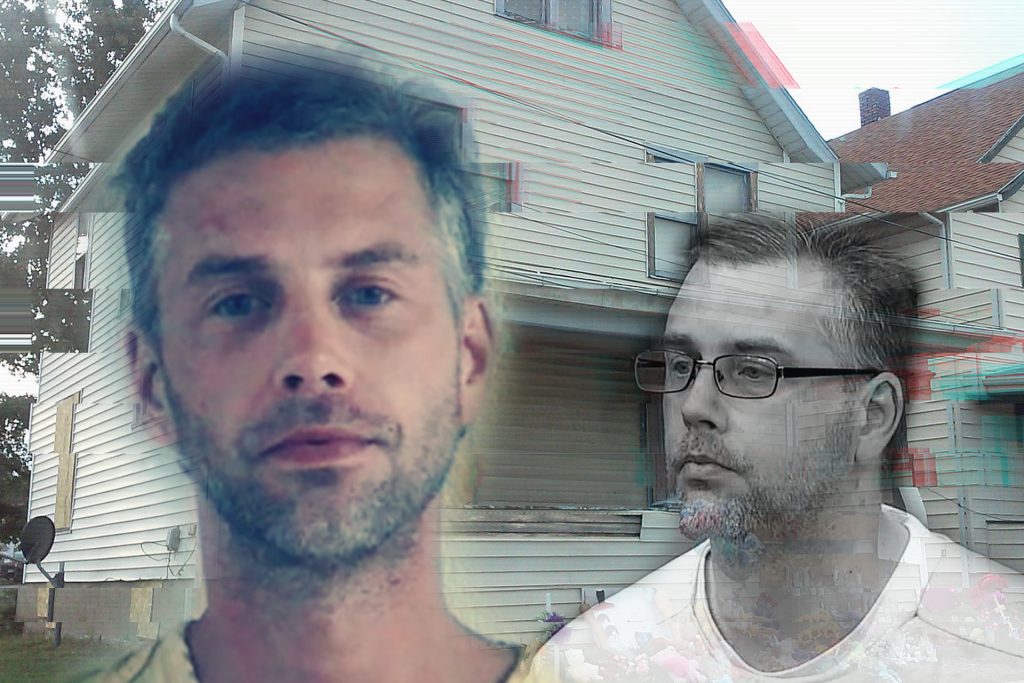
 T
T


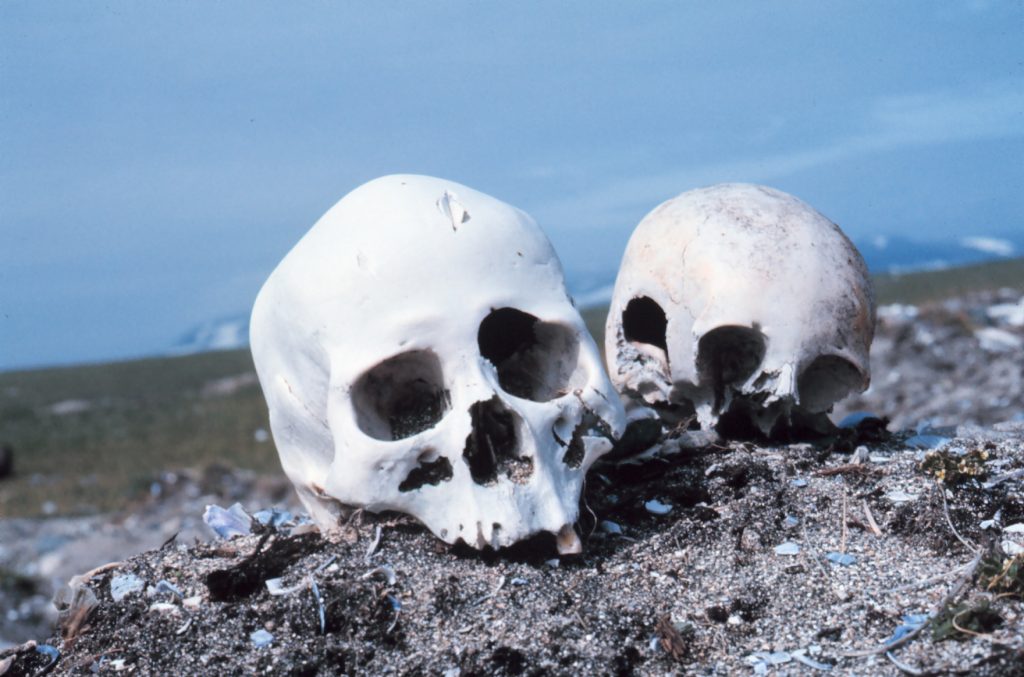
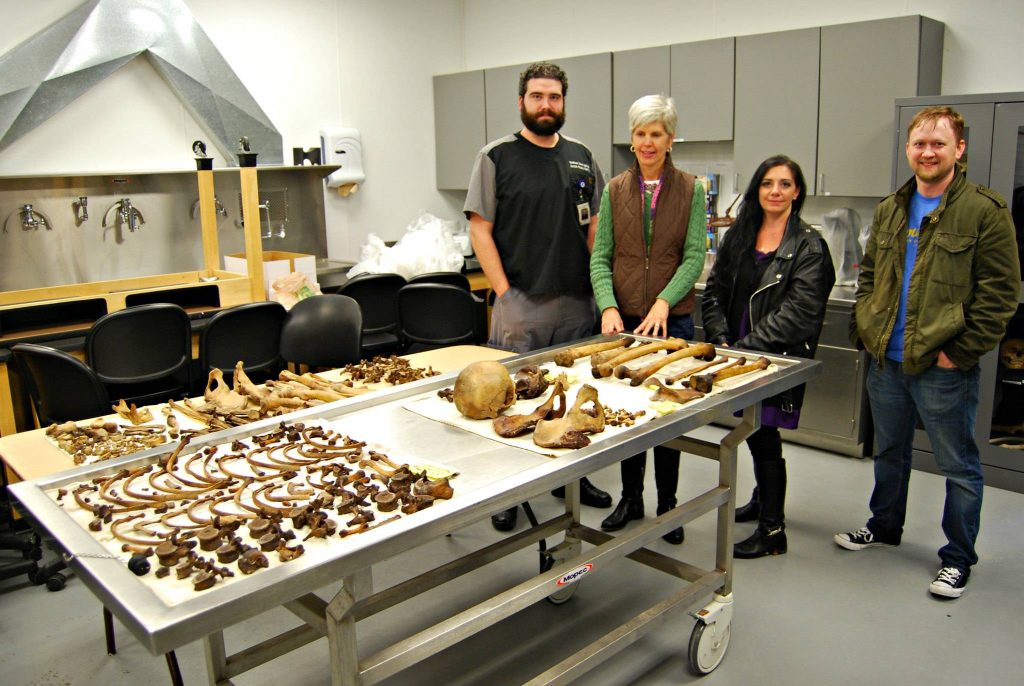
This makes things a little clearer. Everywhere I look, the deaths are separated and fall under different monikers. I believe there might be more victims of the same killer.
You’re probably right about that!
I read somewhere else that there are nine in total but not all nine are actually part of London and only five were part of the London Torso mystery. I can see what you mean though with the eight. Just gets confusing.
Why not Jack the Ripper? He could have had different MO’s.
The number of victims is always contentious.